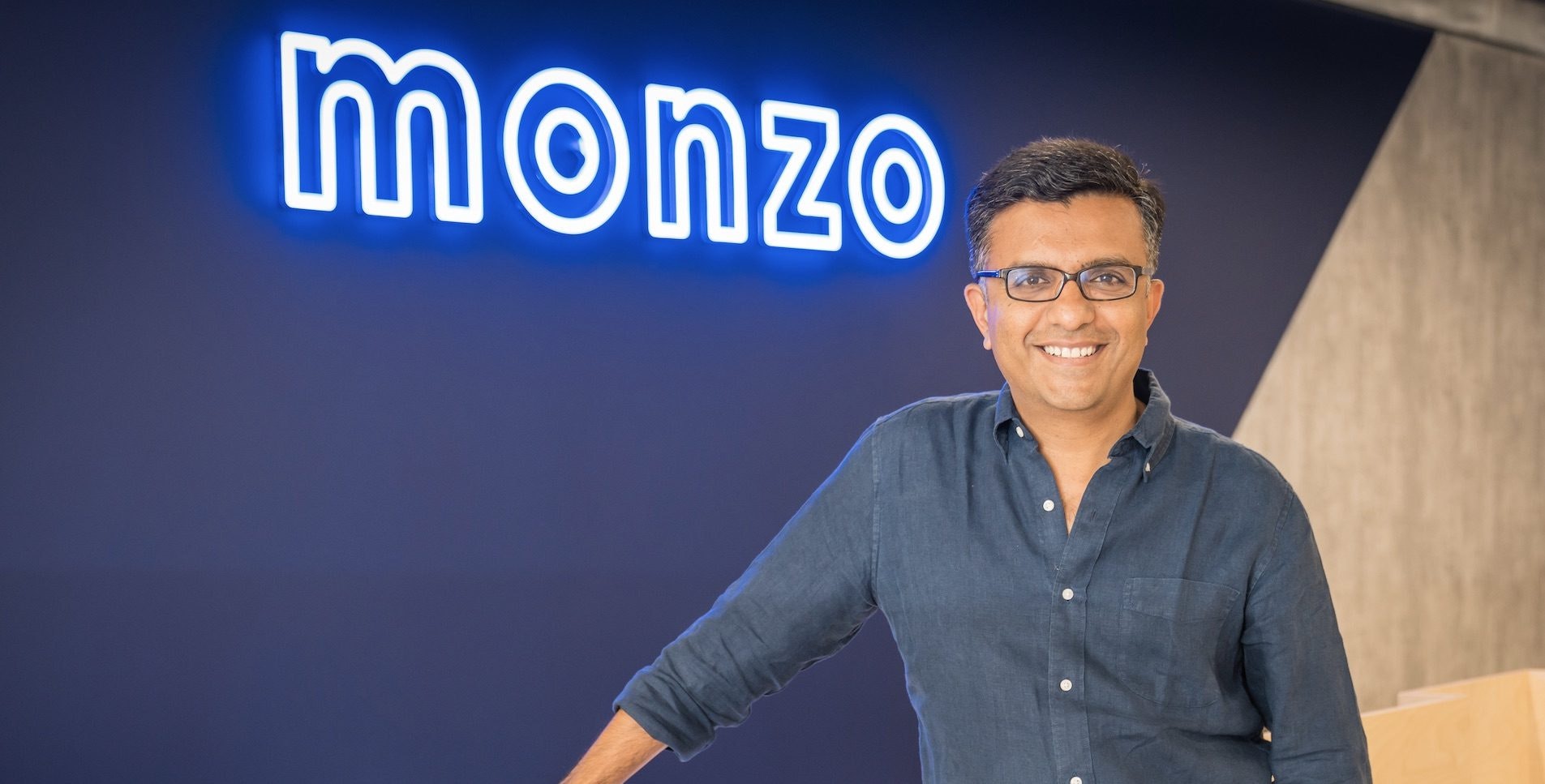Interest rates in the UK are higher than they’ve been in almost two decades, and it’s having a seismic impact on the nation’s fintechs.
Some neobanks, including Starling and Revolut, are seeing a strong tailwind to revenues from interest income, and others claim they’re stealing more and more customers from incumbents by offering higher rates for savers. But will this windfall translate to longer-term growth?
Passing on rate hikes
While the UK’s base rate — the rate that the central bank charges commercial banks for loans — has risen to 5%, many high-street banks are still paying about 2.4% on savings accounts, even as they charge higher rates to borrowers. That’s opened up a window of opportunity for fintechs who have quickly raised interest on savings accounts to be more in line with the base rate.
UK neobank Kroo just upped its rate to 4.1% AER (annual equivalent rate) and JP Morgan’s UK retail bank Chase is paying customers 3.8% AER monthly on its instant access savings account, up from 1.5% this time last year.
Chase hit 1.6m customers and £15bn in deposits last month, just 20 months into its existence. It’s been raising its interest rates on the same day as the Bank of England, a speed that CEO Sanjiv Somani says has been the number one piece of positive feedback from its customers.
Last week Wise’s shares jumped more than 20% as strong interest income pushed up revenues by 51% at the payments group, which operates as an e-money institution, holding customers’ cash in accounts and specialising in international money transfers.
The risk of lending
So why haven’t high-street banks been passing on interest rate hikes to customers as quickly as fintechs?
Incumbents' exposure to more risk on the lending side has been blamed for their reluctance. Fintechs tend to have smaller loan books than traditional banks — or none at all, like Wise.
High-street banks are expecting an increase in bad debts as cash-strapped borrowers struggle to repay their loans; both Barclays and Natwest have forecast that their net interest margin (the difference between what they pay out on deposits and earn from lending) for 2023 will be on a par with last year’s, while Lloyds is expecting a slight decrease. But legacy banks are cushioned by huge deposit books: the interest they earn in this environment will outweigh increasing defaults.
Fintechs are less cushioned. At Monzo’s financial results last month the neobank said it had tripled its lending book, which, combined with higher interest rates on deposits, saw revenues more than double to £355m. Yet Monzo’s overall results were diluted by the cash reserves — of £101.2m — it had to put aside to protect it from an anticipated increased risk of defaults on these loans.
These reserves, known as credit loss expenses, were up from £14m a year earlier. Monzo CEO TS Anil put this imbalance down to the “dynamic of a growing loan book” and said he expected to be more stable “in a few years”.
Plus, many analysts expect interest rates to fall again in the future, taking away that tailwind for fintechs.
Fintechs in the future
But once retail banking customers have been lured in by fintechs’ more competitive rates this time, some analysts say they’re unlikely to switch again — as long as fintechs show they can provide that expected something extra that incumbents can’t.
“The way these neobanks will achieve long-term success will be down to customers feeling like it’s a banking partnership, rather than just a transaction,” says Philip Benton, principal fintech analyst at Omdia.
“Yes, they might be pulled in by the lowest price for transactions or the highest interest rate on savings, but it’ll be the way the neobank communicates with them or offers them more products that will make them stay.”
That’s Chase UK’s plan for reaching profitability: “Our plan is for Chase to become a larger and larger share of each customer’s wallet as we add more products and services for them with time,” Somani tells Sifted.
In time, this will involve becoming a “full-service bank”, he adds, which would include lending.
The higher-rate environment is opening up opportunities for fintechs to strengthen their longer-term proposition while they’ve got the spare cash to play with, Alex Short, equity analyst at Davy, suggests.
“If you’re bullish on this focus on product reinvestment, you can think of Wise’s model, for example, as more aligned with the likes of Amazon,” he says. “They’re earning all this interest income on customers, so they’ve decided to put 20% of that into the Ebitda margin, and then work out ways to return the other 80% to customers by making their Wise accounts a more attractive proposition.
Wise has expanded its range of consumer-facing products to include an "Interest" account that allows customers to hold money in government-backed assets and earn interest; but it’s also developed a B2B white-label tech product called Wise Platform for other financial services companies to use for money transfer services.
And among investors in private fintechs that need to value companies based on their performance right now, some say there isn’t necessarily reason to believe that rates will drop any time soon.
“I would argue that interest income is actually a pretty sustainable factor when I’m calculating valuation right now,” says Ricardo Schäfer, partner at Target Global. “Do we really think that rates are going to drop in the next year? I don’t think so. Inflation is a pending problem for the next couple of years at least, so alongside other revenue streams, I’d count interest as pretty sustainable.”


